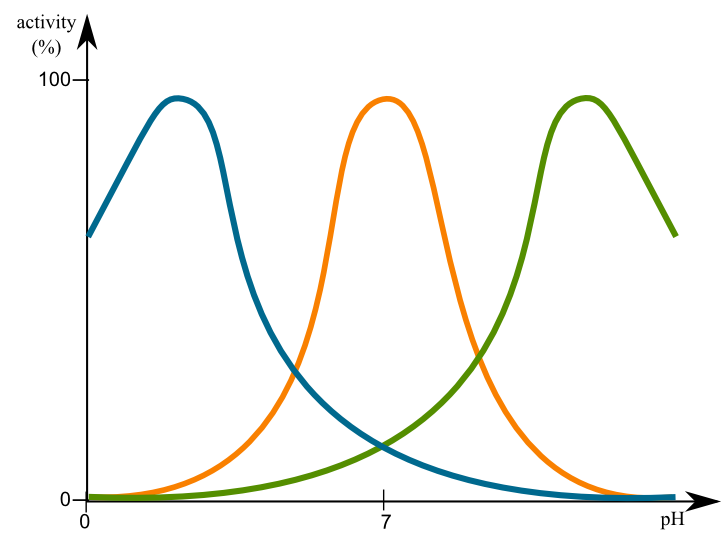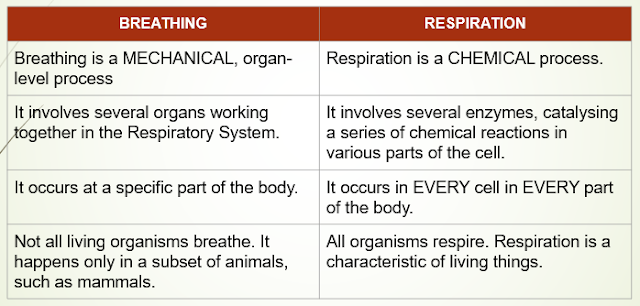ENZYME PROPERTIES & ROLES [CSEC HSB & BIOLOGY]
SYLLABUS REFERENCE
HSB
- [B1.20] explain the properties, role and importance of enzymes involved in digestion;
- [B1.21] investigate the effects of temperature and pH on the activity of the enzymes amylase and catalase in the digestive process;
CSEC BIOLOGY
- [B2.8] explain the role and importance of enzymes;
- [B2.9] investigate the effect of temperature and pH on the activity of the enzymes catalase or amylase;
WHAT IS DIGESTION?
This is the breakdown of large, insoluble food molecules into small, water-soluble food molecules.
The main goal is to get these nutrients into a form that can:
- be absorbed into the bloodstream
- be used as building blocks by the body's cells.
DIGESTION HAS TWO PHASES...
There is mechanical digestion, which is carried out mainly by the teeth.
Then there is chemical digestion, which is facilitated by the enzymes.
CHEMICAL DIGESTION
- Food molecules are broken down into smaller molecules.
- This is a slow process at body temperature, so it needs catalysts to speed it up.
- Enzymes are proteins that function as catalysts in living organisms.
WHAT IS A CATALYST?
- A catalyst is any substance that speeds up a reaction and remains unchanged at the end of the reaction.
- Common catalysts are metals such as nickel, and compounds such as hydrochloric acid.
PROPERTIES OF ENZYMES
Unlike most enzymes, digestive enzymes work outside of cells, and within the alimentary canal. However, they do share the same properties with other enzymes.
- They are proteins.
- Each enzyme catalyses one reaction (substrate-specific).
- They can be used repeatedly.
- Small number of enzyme molecules are required to catalyze many reactions.
- Their activity is affected by temperature and pH.
ENZYME SPECIFICITY
Each enzyme molecule has a shape that makes it suitable for catalyzing ONE reaction.
Only the substrate molecule with a shape that fits the enzyme's ACTIVE SITE will be able to take part in the enzyme-catalyzed reaction.
This is called the "Lock and Key Model" of enzyme activity. The updated version is called the "Induced Fit Model," in which the enzyme makes slight modifications to better fit the active site around the substrate.
ENZYMES & TEMPERATURE
At high temperatures, the bonds holding the enzyme molecule together start to break down.
This changes the shape of the active site, so that the substrate no longer fits.
At this point, the enzyme is said to be denatured. (NOT 'killed').
ENZYMES & pH
Every enzyme has an optimal pH at which it works best. Different enzymes have different optimal pH.
Outside at that optimal range, the bonds holding the enzyme together break down. The active site no longer fits the substrate and the enzyme stops working. The enzyme is then said to be denatured,






